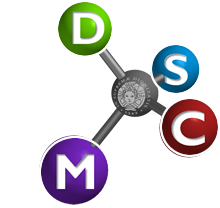
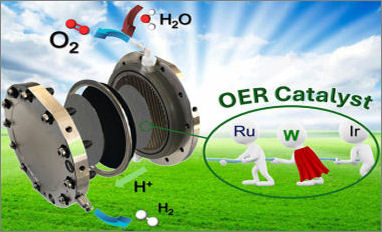 Congratulations to our PhD candidate Matteo Pugliesi for his work entitled “Low-Iridium Containing Ir–Ru–W Nanocomposite for Acidic Oxygen Evolution Reaction: The Role of Tungsten on Its Activity and Stability” published on ACS Applied Energy Materials. Iridium oxide-based electrocatalysts are widely considered as the most practical anodic catalysts for proton exchange membrane water electrolysis (PEMWE) due to their high activity as well as their exceptional stability in the acidic oxygen evolution reaction (OER).
Congratulations to our PhD candidate Matteo Pugliesi for his work entitled “Low-Iridium Containing Ir–Ru–W Nanocomposite for Acidic Oxygen Evolution Reaction: The Role of Tungsten on Its Activity and Stability” published on ACS Applied Energy Materials. Iridium oxide-based electrocatalysts are widely considered as the most practical anodic catalysts for proton exchange membrane water electrolysis (PEMWE) due to their high activity as well as their exceptional stability in the acidic oxygen evolution reaction (OER).
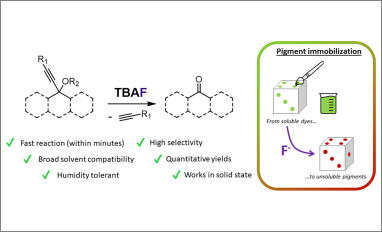 Congratulations to our PhD candidate Andrea Giovanelli for his work entitled “Retro-Favorskii reaction employing fluoride sources and its use as immobilization strategy” published on the Journal of Fluorine Chemistry. Retro-Favorskii is the reaction that converts propargyl alcohols into the alkyne and ketone precursors. This reaction is commonly used to deprotect terminal alkynes with elimination of acetone.
Congratulations to our PhD candidate Andrea Giovanelli for his work entitled “Retro-Favorskii reaction employing fluoride sources and its use as immobilization strategy” published on the Journal of Fluorine Chemistry. Retro-Favorskii is the reaction that converts propargyl alcohols into the alkyne and ketone precursors. This reaction is commonly used to deprotect terminal alkynes with elimination of acetone.
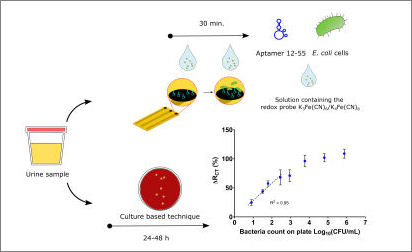 Congratulations to our Ph.D. student Lorenzo Sembranti and the CATS research group, for their recent scientific publication entitled "Laser-induced graphene-based aptasensor for the selective detection of Escherichia coli in urine samples" in Talanta. This paper introduces a cost-effective, label-free electrochemical sensor for the detection of E. coli in urine, using Laser-Induced Graphene LIG.
Congratulations to our Ph.D. student Lorenzo Sembranti and the CATS research group, for their recent scientific publication entitled "Laser-induced graphene-based aptasensor for the selective detection of Escherichia coli in urine samples" in Talanta. This paper introduces a cost-effective, label-free electrochemical sensor for the detection of E. coli in urine, using Laser-Induced Graphene LIG.
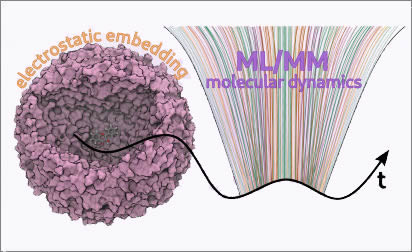 Congratulations to our PhD students Patrizia Mazzeo and Amanda Arcidiacono for their publication entitled "Electrostatic embedding machine learning for ground and excited state molecular dynamics of solvated molecules" on the RSC Digital Discovery Journal. In this work, the authors propose a machine-learning (ML) based approach to study the dynamics of solvated molecules on the ground- and excited-state potential energy surfaces.
Congratulations to our PhD students Patrizia Mazzeo and Amanda Arcidiacono for their publication entitled "Electrostatic embedding machine learning for ground and excited state molecular dynamics of solvated molecules" on the RSC Digital Discovery Journal. In this work, the authors propose a machine-learning (ML) based approach to study the dynamics of solvated molecules on the ground- and excited-state potential energy surfaces.



